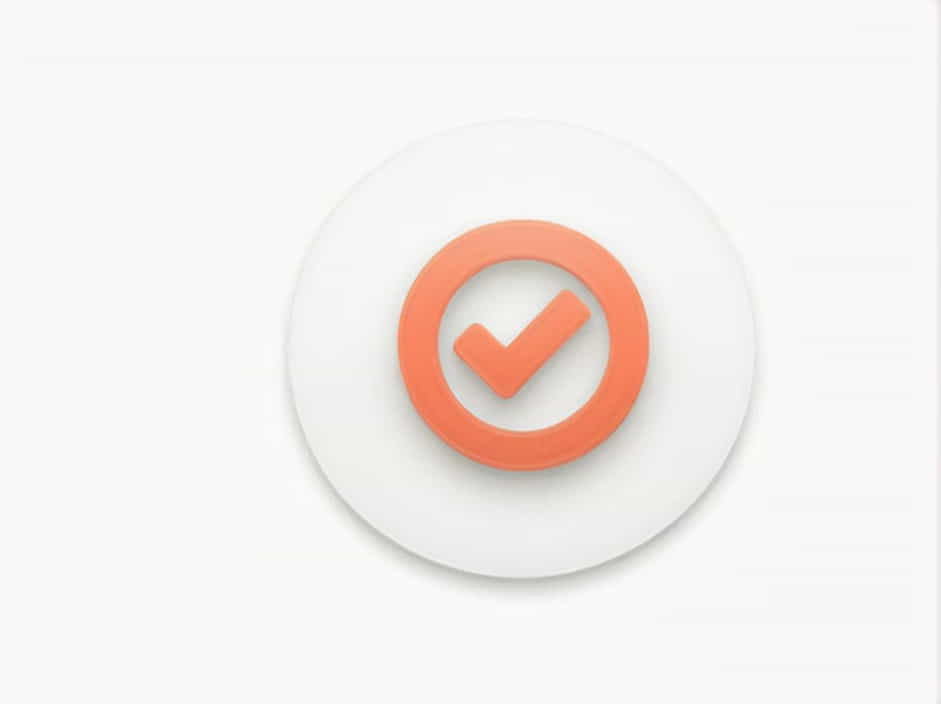A rent receipt is an essential document that serves as proof of payment for tenants. Whether you need it for tax purposes, legal matters, or personal records, knowing where to find your rent receipt is crucial.
This guide will explain how to obtain a rent receipt, where to look for it, and what to do if you can’t find it.
What Is a Rent Receipt?
A rent receipt is a document that confirms a tenant has paid rent to a landlord or property management company. It typically includes:
- Tenant’s name
- Landlord’s name and contact details
- Rental property address
- Payment date
- Payment amount and method (cash, bank transfer, check, etc.)
- Signature of the landlord or property manager
Rent receipts can be issued monthly, quarterly, or yearly, depending on the agreement between the tenant and the landlord.
Where to Find Your Rent Receipt
If you need a rent receipt, there are several places you can check:
1. Ask Your Landlord or Property Manager
The first and most direct way to get your rent receipt is to contact your landlord or property management company. Most landlords provide receipts upon request, especially if payments are made in cash or check.
2. Check Your Lease Agreement
Some lease agreements mention whether landlords are required to issue rent receipts. If your contract states that you are entitled to a receipt, you can use this as a reference when requesting one.
3. Look in Your Email or Messages
Many landlords and property managers send digital receipts via email or text messages. If you pay rent through an online banking system, check your email for automatic confirmation receipts.
4. Check Your Online Tenant Portal
If you rent from a property management company, they might have an online tenant portal where rent receipts are available. Log in to the portal and navigate to the payment history section to download receipts.
5. Review Your Bank Statements
If you pay rent via bank transfer, direct deposit, or online payment platforms, your bank statements serve as proof of payment. While bank records are not the same as official rent receipts, they can still be used in many cases.
6. Look in Your Personal Records
If you received a physical rent receipt, check your files, folders, or storage areas where you keep important documents. If you misplaced it, consider making digital copies for future reference.
What to Do If You Can’t Find Your Rent Receipt
If you’ve searched everywhere and still can’t find your rent receipt, follow these steps:
1. Request a Duplicate Receipt
If your landlord or property manager issued a physical receipt and you lost it, you can ask for a duplicate copy. Be polite and explain why you need it.
2. Use Bank Transactions as Proof
If your landlord is unable to provide a duplicate receipt, your bank transfer records, PayPal transactions, or money order receipts can serve as evidence of payment.
3. Keep a Payment Log
To avoid future issues, keep a record of each rent payment, including the date, amount, and payment method. This will help you track your payments and provide proof when needed.
Why Rent Receipts Are Important
Rent receipts are useful for both tenants and landlords. Here’s why you should always keep them:
1. Proof of Payment
A rent receipt proves that you have paid rent, preventing disputes with your landlord.
2. Helps with Tax Deductions
In some countries, tenants can claim tax benefits on rent payments. A rent receipt is necessary for tax deductions.
3. Required for Legal Purposes
If a dispute arises regarding missed payments or lease agreements, a rent receipt can serve as evidence in court.
4. Needed for Rental Assistance Programs
Some government and housing programs require rent receipts as proof of financial need when applying for rental assistance.
5. Useful for Future Rentals
When applying for a new rental property, landlords may ask for proof of previous rent payments. Rent receipts can help you secure a new lease.
How to Keep Track of Rent Receipts
To avoid losing rent receipts, consider these tips:
1. Go Paperless
Ask your landlord to send digital rent receipts via email or text message. This makes it easier to store and retrieve receipts.
2. Use a Cloud Storage Service
Save your receipts in Google Drive, Dropbox, or another cloud service to keep them safe and accessible.
3. Create a Dedicated Folder
If you prefer paper copies, store your rent receipts in a labeled folder to keep them organized.
4. Take Photos of Paper Receipts
If your landlord provides handwritten receipts, take a picture and save it to your phone or computer.
Finding your rent receipt is easy if you know where to look. Check with your landlord, email, bank statements, or online tenant portal for a copy. If you can’t find it, request a duplicate receipt or use bank records as proof of payment.
To prevent future issues, always keep a record of your rent payments and store receipts safely. Whether for tax deductions, legal protection, or future rentals, having access to your rent receipts is essential.
